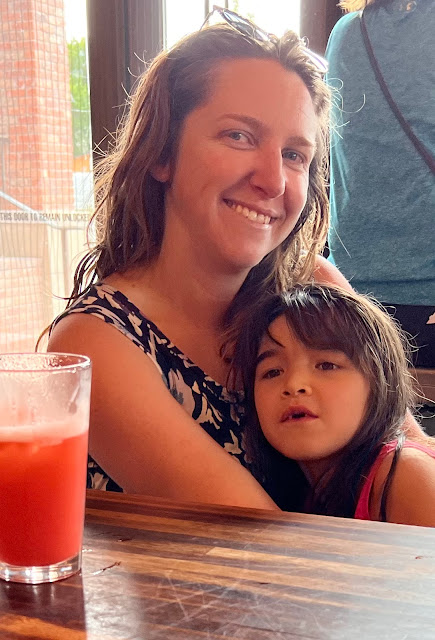A Fork in the Road
Posted in Confessions of a Grandpa, Personal History, Watch columns by Peter Shelton on July 5, 2022
[Now, with the Supreme Court’s reversal of Roe, this column of Peter's, from 2013, has fresh resonance, to go along with the anger and disappointment in America’s rearward direction.]
As the 40th anniversary of Roe v. Wade came and went last week, I thought, inevitably, about the abortion I caused, struggled with, decided on and went through with, in 1967, six years before the Supreme Court made the procedure legal.
Not I alone, of course. My girlfriend had something to do with it. A lot to do with it, yes. And my mother. And my father. And a doctor I never met, who ended the pregnancy on a cold Sunday afternoon in December.
We could scarcely have been more naïve. It was my first physical relationship, the summer before starting college. That’s no excuse, but it was a fact as we explored and experimented and ended up, late that fall, with a couple of missed periods.
This girl, I’ll call her M., couldn’t tell her mother, so together we sat down with mine. There were some tears, but after the initial shock I remember the conversation settling, as most did in our house, into a reasoned examination of the options.
I had thought my dad would be the most ardent about getting an abortion. It had only been a matter of months since he’d given me some fatherly advice, expressing his hopes for my college years. He said those four years had been for him the freest, the most open-ended of his life, and he wished the same unencumbered time for me.
But Dad seemed intrigued when I brought up the possibility of our keeping the baby and my joining the Navy. He had been in the Navy during the war. We lived on the coast; we shared a love of boats and the ocean. (He was also a real straight arrow when it came to knowingly breaking the law.)
On the other side of the world Vietnam was raging. I had a student deferment, but nobody knew what might happen long term with the draft, and maybe, I thought, this was a fork in the road, the first in my young life, fate nudging me off the path most expected. I was more than willing to get married. I thought that was the outcome M. and I were headed for, whether or not we became parents at 18.
M. was not demonstrative on the Navy option. (We’d barely had time to talk ourselves.) She had also been more or less silent on the option of taking the pregnancy to term and giving the baby up for adoption. She was in college, too, at a branch of the University of California closer to home. Given the weight of emotion and the psychic exhaustion in the room after a time, I think she just wanted to do what was best for all of us. And by the next morning that best thing clearly was to terminate the pregnancy.
My mother was the one who, once the decision was made, steeled herself to action. She had friends, friends whose daughters had “gotten into trouble” and had to be rescued. M. and I knew nothing of this world; we would have been at a complete loss had we been on our own. Mom took over, arranged everything. She wasn’t happy about it, but she believed it was the correct solution. She was fond of M., but she knew it was mostly about the sex. She had warned me, gently, at the outset of the relationship. Too gently, I guess.
It was hard for me to think straight as I paced the alley behind the surreptitious clinic. It was too soon for perspective. But if I had been able to see the bigger picture, I would have realized how many lives were in fact saved that day: mine, M.’s (we parted, amicably, about two years after the abortion), probably M.’s mother’s, too – a single woman perched unsteadily on a financial and emotional edge.
Our decision also saved, or made possible, the life Ellen and I found together, starting in our mid 20s. And the lives of our dearly anticipated children and grandchildren.
I couldn’t see the future then, of course. I walked up and down, numb and anguished both at the same time, while M. and my mother were inside.
I remember there was a lot of broken glass in the alley. As I walked, I stared hard at the shards, like stars in a black asphalt sky, reflecting the sun on an unusually brilliant early-winter day.

































